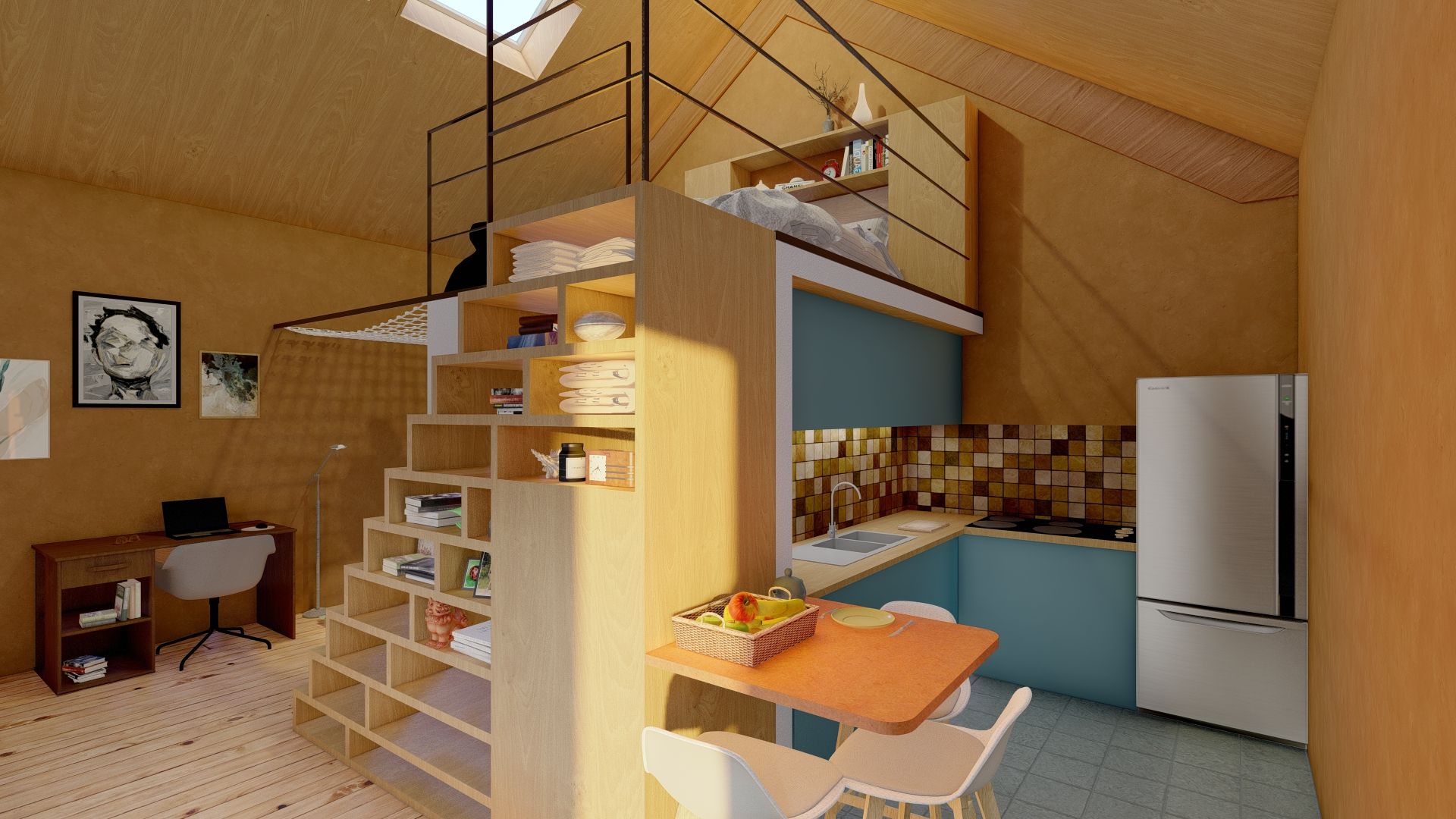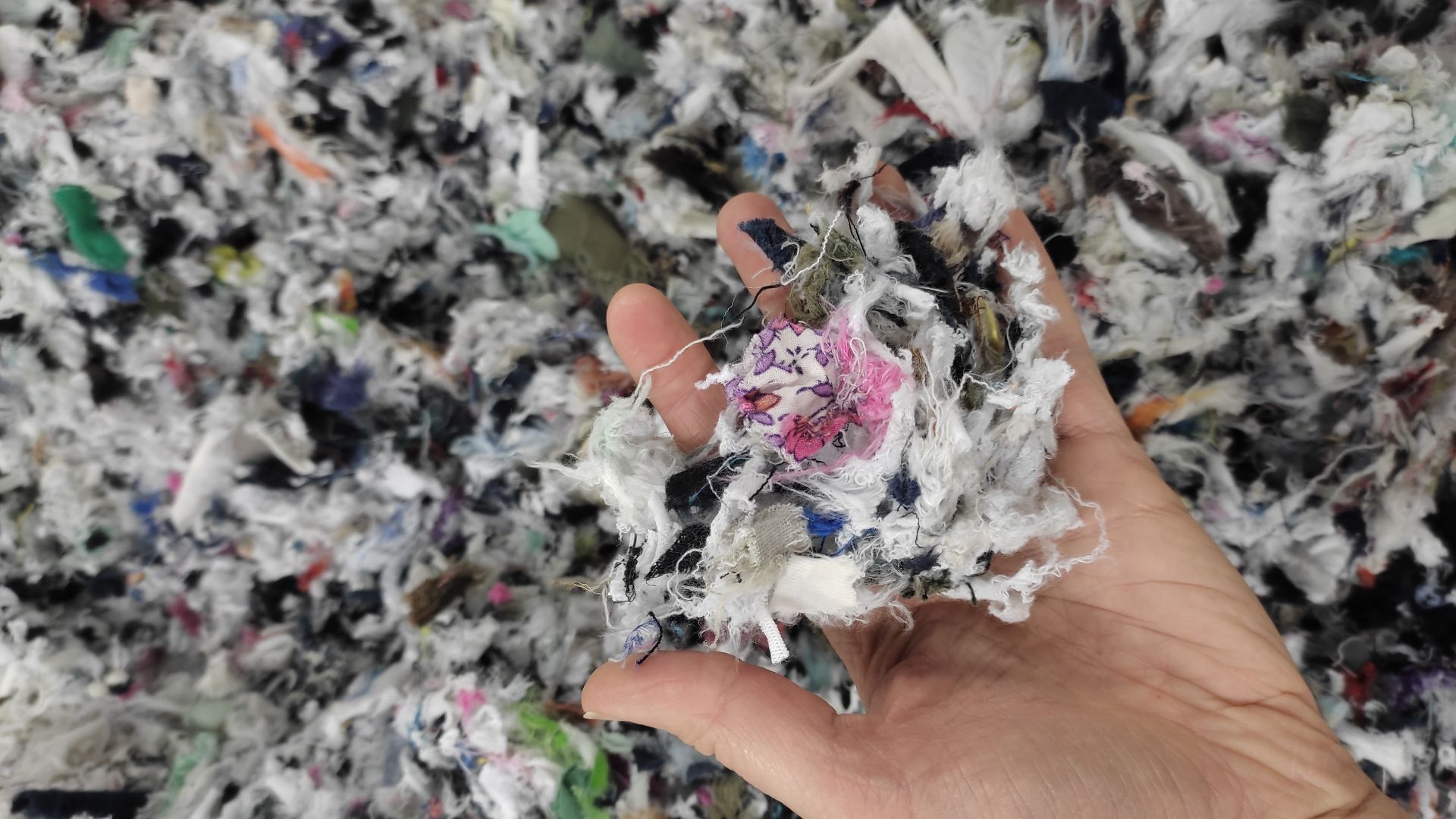Retrofitting Europe’s Buildings
Buildings account for 40% of Europe’s energy consumption, making their renovation essential for climate and social goals.
In 2022, more than 41 million Europeans – nearly 10% of the population – were unable to heat their homes in winter, while 19% could not keep cool during heatwaves. The cost is both financial and environmental as buildings account for 40% of the EUs total energy consumption and generate 35% of energy-related greenhouse gas emissions, with heating and cooling accounting for the majority of that.
As the climate crisis intensifies, the problem will only grow. By 2100, up to 100 million Europeans may be exposed to extreme heat, according to the European Commission’s Joint Research Centre. Yet our buildings are unprepared: 85% of EU buildings were built before 2000 and 75% of those perform poorly on energy efficiency.
By 2100, up to 100 million Europeans may be exposed to extreme heat.
European Commission’s Joint Research Centre
To align with the European Green Deal and the revised Energy Performance of Buildings Directive (EPBD), residential building emissions must fall by 16% within five years and 20-22% by 2035. Achieving this requires nothing less than a transformation in how we design, renovate, and live in our homes.
Breaking the cycle of inefficient housing means rethinking construction and renovation practices. Solutions include better insulation and high-performance windows, smart climate control systems, and thoughtful building orientation to reduce heat gain in summer and retain warmth in winter.
These measures reduce emissions, cut energy bills, and create healthier, more comfortable living spaces. But they are only part of the equation. The energy that powers our homes must also come from cleaner, renewable sources – solar panels, wind turbines, geothermal systems, and district heating networks – integrated into both new and existing buildings.
The challenge is scale and cost. Most of Europe’s housing stock is old and inefficient, and retrofitting can be disruptive and expensive. Yet compared to rebuilding, retrofitting saves resources, reduces waste, and accelerates decarbonisation.
A model for circular renovation
One EU-funded project leading the way is RE-SKIN, which combines energy efficiency with circularity in the renovation of public housing in France and Spain, a school in Bulgaria, and a community building in Italy.
The project’s goal is to cut energy consumption in existing buildings by up to 90%. Using bio-based insulation materials, renovations can be carried out externally, meaning tenants remain in their homes during the process – a socially inclusive innovation.
Additional benefits include: 60% lower carbon emissions during retrofitting, 40% lower emissions across the building’s full lifecycle, use of recyclable and dry construction materials , compatibility with existing structures without overloading them, and faster, less intrusive renovation processes that minimise disruption for residents
RE-SKIN shows that retrofitting is not just a technical upgrade, it is a social revolution aimed at making housing both affordable and sustainable. By using what we already have instead of demolishing and rebuilding, the project keeps materials in use longer and reduces environmental impact.
Real-world examples
In the Italian city of Milan, the project is working on the retrofitting of a community house, which serves 16 residents, some of whom are in vulnerable situations like addiction recovery. Here, the retrofitting focuses on two areas: the roof and the façade.
For the roof, RE-SKIN uses an innovative building-integrated photovoltaic thermal (BIPVT) system which builds on previous research to create roofs that not only withstand extreme weather but also generate both electricity and thermal energy. Adapted from curtain wall technology for rooftops, this system ensures better durability against heavy rain and strong winds.

The renovated roof will be made from recycled aluminum, bio-sourced insulation, and repurposed photovoltaic (PV) modules, making it both resilient and environmentally responsible.
As for the façade, the demo site will use multifunctional cladding that combines an external thermal insulation system, thermal energy recovery, and versatile finishing to ensure the inhabitants can keep as warm or as cool as needed. In this method, traditional insulation foam is replaced with bio-sourced insulation foam, while standard metal sheets are substituted with sustainable steel. Further enhancements include recycled aluminium profiles and an optimised mounting system to reduce installation time.
This new façade design provides dynamic thermal insulation, weather protection, and integrated space for wires, vents, sensors, and pipes.
Rethinking purpose
For transformation to truly take root in the sector, systemic challenges are needed. Many affordable housing units across Europe are outdated, poorly insulated, and equipped with inefficient heating systems. The renovation landscape remains fragmented and underfunded, while rising energy prices disproportionately impact vulnerable populations – from low-income families to the elderly. Without intervention, this reality will deepen social inequalities, worsen health outcomes, and hinder climate progress.

The RE-SKIN project contributes not only innovative solutions but also strategic insights. We need stronger EU funding commitments, such as the Recovery and Resilience Facility and REPowerEU, to accelerate renovations in affordable housing. With this, we need to empower local communities through targeted training, stakeholder engagement, and inclusive financial mechanisms like subsidies and low-interest loans. By scaling up modular retrofitting systems and integrating digital monitoring tools, Europe can reduce energy use, curb emissions, and ensure that the transition to energy-efficient buildings is both equitable and far-reaching.
Citizen driven renovations
On a smaller, regional scale in Belgium, Wallonia illustrates how innovation and citizen engagement can transform renovation into a mass movement. Belgium’s building stock is among the least efficient in Europe: in 2022, only 3% of houses and 11% of apartments met A-level standards, far below what is needed to hit the 2050 climate targets, according to real estate company Realo.
Belgium’s building stock is among the least efficient in Europe: in 2022, only 3% of houses and 11% of apartments met A-level standards.
To tackle this, the region launched RENOBATEX.ID, a €15 million program under the Walloon Recovery Plan that funds 25 pilot projects led by associations, municipalities, businesses, and citizen groups. The objective is to develop solutions to remove the many obstacles to renovation, whether financial, psychological, or technical.
Some RENOBATEX.ID projects tackle legal uncertainty and administrative complexity, like LocaRéno, which created a model renovation lease to help tenants and landlords find win-win agreements. Others focus on immediate energy solutions.
Collective action is another cornerstone. The Audit 360° developed by Objectif Réno Copro helps co-owners make informed decisions on renovation priorities. In La Louvière, Renocity proved that a neighbourhood-based approach can triple the renovation rate in just months. In Namur, “Apéro Réno” evenings make energy renovation a convivial topic, while Ruenovation experiments with group renovation among neighbours to simplify procedures and reduce costs.
Social inclusion is also central. The Réno WaTT’chers project supports low-income households through a mix of group workshops and individual coaching, showing that energy transition can go hand-in-hand with social justice.
Several projects focus on improving citizens’ skills. PRO & MOI, for example, empowers them to take charge of their own renovation projects through self-renovation supervised by professionals, while FRIES and Coup d’Boost RENO combine technical and practical support through training courses and participatory projects.
RENOBATEX.ID is also focusing on innovation, as demonstrated by IsoFabric, a new textile-based insulation material that transforms mountains of discarded clothing into bio-based material, and Sumhotori, a modular, prefabricated system that speeds up renovations while improving their quality.

Finally, as energy efficiency alone cannot be sufficient to achieve the 2050 targets, some projects focus on energy conservation. This is the case for the “SlowHeating” workshops that enabled hundreds of households to lower indoor temperatures inside their homes by more than one degree without sacrificing comfort and at minimal cost.
What unites these projects is a shift in perspective: putting citizens at the heart of energy renovation. Because the energy transition cannot be decreed through subsidies or regulations alone; it must be built through trust, support, and social innovation.
A common thread is clear: citizens are placed at the heart of energy renovation. Regulation and subsidies alone cannot drive the transition – trust, participation, and collective intelligence are essential.
A lifeline for people and the planet
From RE-SKIN’s holistic renovations to Wallonia’s citizen-led experiments, the message is the same: large-scale energy renovation is possible if as a society we dare to reinvent how it is done. Retrofitting is not only about insulation and boilers – it is about social justice, solidarity, and empowering people to become actors of change.
Retrofitting is not only about insulation and boilers – it is about social justice, solidarity, and empowering people to become actors of change.
As the 2050 climate neutrality deadline approaches, Europe must scale up these solutions as they are our lifeline against rising bills, worsening heatwaves, and a warming planet.